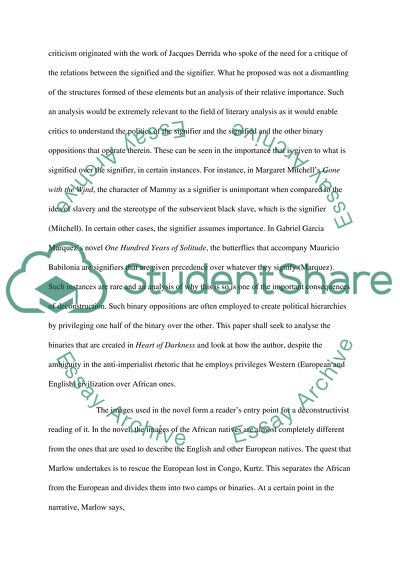Cite this document
(“A Deconstructed view of Heart of Darkness Essay”, n.d.)
Retrieved from https://studentshare.org/literature/1452657-critical-reading-strategies-in-literature
Retrieved from https://studentshare.org/literature/1452657-critical-reading-strategies-in-literature
(A Deconstructed View of Heart of Darkness Essay)
https://studentshare.org/literature/1452657-critical-reading-strategies-in-literature.
https://studentshare.org/literature/1452657-critical-reading-strategies-in-literature.
“A Deconstructed View of Heart of Darkness Essay”, n.d. https://studentshare.org/literature/1452657-critical-reading-strategies-in-literature.


